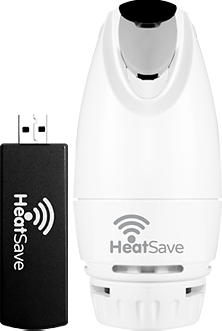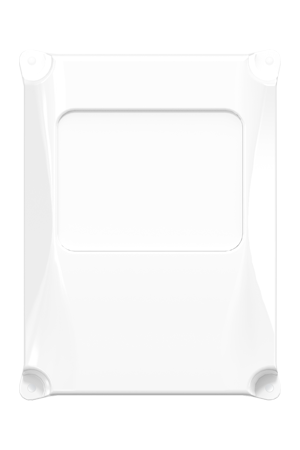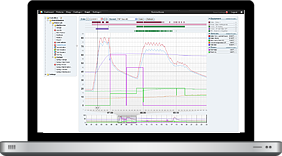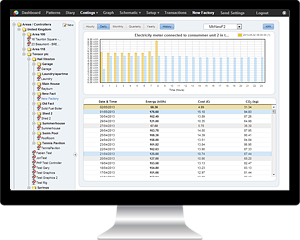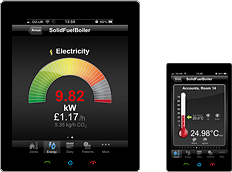A Low-Cost Solution to the 2035 Gas Boiler Ban

Gas boilers could be banned by the year 2035, and the Government have unveiled plans for £5,000 grants to allow people to install home heat pumps and other low-carbon boiler replacements in order to help tackle the on-going climate issues.
Ministers have recently announced that the installation of low-carbon heat pumps would be encouraged with the £5,000 grant system for up to 90,000 homes in England and Wales. The government’s net-zero strategy includes £450m committed towards grants to replace boilers, with a pledge that the fund will mean heat pumps should cost no more than boilers to install or run.
The heat and buildings strategy contains a commitment to funding totaling £3.9bn to decarbonise buildings and how they are heated, with a confirmed 2035 target for all new heating systems in UK homes to be energy-efficient.
With the crucial COP26 climate summit in Glasgow starting in November 2021, the business and energy secretary, Kwasi Kwarteng, said recent gas price rises “have highlighted the need to double down on our efforts to reduce Britain’s reliance on fossil fuels and move away from gas boilers over the coming decade.”
He said: “As the technology improves and costs plummet over the next decade, we expect low-carbon heating systems will become the obvious, affordable choice for consumers.”
Low-cost solution: a building energy management system
HeatingSave’s building energy management system (BEMS) is a low-cost and money-saving solution to the gas boiler ban proposal that has been announced recently. It takes over your existing heating system or boiler, and has the ability to save 20-to-30%+ on your heating and energy bills, while simultaneously reducing a building’s carbon footprint and adhering to the Government’s plea of reducing carbon emissions.
Reducing carbon emissions
The Government’s recent plea for buildings to replace gas boilers with low-carbon boilers and energy efficient heating systems, along with their generous grant scheme, is to help businesses/buildings up and down the country to meet the net-zero by 2050 target.
HeatingSave’s BEMS reduces carbon emissions by producing a heating diary control, allowing you to avoid heating or cooling at times when areas are not used. Times such as weekends, holidays, and other periods of variable occupancy. The system is then able to learn the heat-loss profile of your building through the use of algorithms. This allows the building energy management system to apply heating or cooling at the latest possible moment in time – later if it’s warm (summer months) and earlier if it’s cold (winter months). These features optimise your heating and ensure that the heating is only turned on when absolutely necessary which, ultimately, reduces your buildings carbon emissions and makes it more energy-efficient.
Additionally, HeatingSave’s building energy management system includes automatic occupancy detection. This plays a pivotal role in reducing carbon emissions and reducing heating and energy bills. It gives your building the ability to lower the temperature (or turn the heating off) when areas are not used and then quickly bring them back to temperature when they are occupied – again, optimising heating patterns and never allowing your building to be heated unnecessarily.
Should your building be used commercially or as part of a business, then the BEMS also includes a room booking system which can be linked up to the heating system to only heat areas when used, which is automatically calculated to match bookings made on the room booking system.
Cutting heating and energy costs
All of the above features of HeatingSave’s building energy management system work in tandem to reduce the carbon emissions of a building as well as massively reducing the costs of heating for buildings and the people running them. Reductions as big as 50% have been made for a wide range of different building types, businesses and homes.
HeatingSave’s thermostatic radiator valve has built-in memory to match your lifestyle and needs, automatically altering your TRVs settings to optimise comfort levels in each room within your home. This replaces your existing radiator valve and uses its built-in sensors to measure temperature in real time, adjusting the water flow throughout your radiator, but also communicate with your boiler to not waste energy. You can control individual radiators, giving you the ability to ‘zone heat’ from the comfort of your laptop, desktop PC or mobile device.
If you would like further information on HeatingSave’s building energy management system, and if you would like to learn more about how it can help your building to reduce carbon emissions and cut heating costs, then please do not hesitate to get in touch with a member of our sales team today who will be happy to help.


